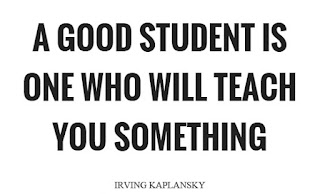In a year where everyone pretended COVID isn’t a thing, the college counseling world saw a modest return to a sense of normal that is somewhat unfounded. Here are the highlights:
Welcome to the Family, Test Optional The honeymoon period after the COVID-based shotgun wedding between test optional admissions and thousands of colleges has led to some settling in that’s unsettling. While some colleges are returning to requiring tests, those that were forced to join the test optional bandwagon in 2020 seem to have found a way to assimilate the twist into what is, in essence, the same admissions process as before.
The little data out there suggests gains in admission at some test-optional colleges among students of color and underserved populations—good news and overdue. In addition, many colleges are reporting that submitted scores are higher than the college saw pre-pandemic. Combined with the alarming difference in admit rates between students who submit scores and those who don’t, and it’s clear that the admissions revolution test optional was supposed to present has been somewhat muted—testing still matters a great deal. Test or don’t test, all colleges should do a data-heavy analysis of their policy in 2023, and share that widely—it’s time to stop guessing about numbers.
Increase in Applications, Part I True growth in college admissions continues to be stunted in large part by the ever-increasing application rates at the 25 colleges Main Street Journalism covers. While some regional colleges have seen enrollment declines of 40%, the Big Schools continue to have record crowds, with a few seeing minor declines that raise their admit rate from 5% to what the public sees as a “Hey, they’ll take anybody” rate of 7%.
Some professionals have called out these colleges, urging them to embrace an “enough is enough” approach to marketing, but that’s not the real problem. A few years back, high school parents were asked what the average tuition was at four-year colleges. They responded on average by saying $40,000, when the average was, in fact, $12,500. Where do parents get these ideas? From media sources who continue to conflate cost and admit rate with selectivity and match. I’ll offer any media member a two-hour seminar on how to cover college admissions. The way it’s currently being done is tearing the fabric of our society.
Increase in Applications, Part II The average student is now applying to more colleges. Between needing to find the best deal, and perhaps continued reticence to wander too far away from home due to COVID, students are placing their bets across a wider number of venues. This leads to the question, “How well do these students actually know these places?” The answer lies in uncertain waters, but a big part of it undoubtedly lies with…
School Counselors and Duties Data from the effect COVID had on student learning and affect has led policy makers to make lots—and I mean Bill Gates-type lots—of money for school mental health programs. The good news is that means more school counselors are being hired. Unfortunately, that usually means less time is being spent on college advising.
It makes no sense to send students to college if they are less than emotionally ready to take it on. On the other hand, there is much to be said for using the college selection process to set goals and aspirations to inspire the student to return to a greater sense of self. College counseling is an essential part of mental health treatment. Here’s hoping more people feel that way in the coming year.
Have a great holiday.












